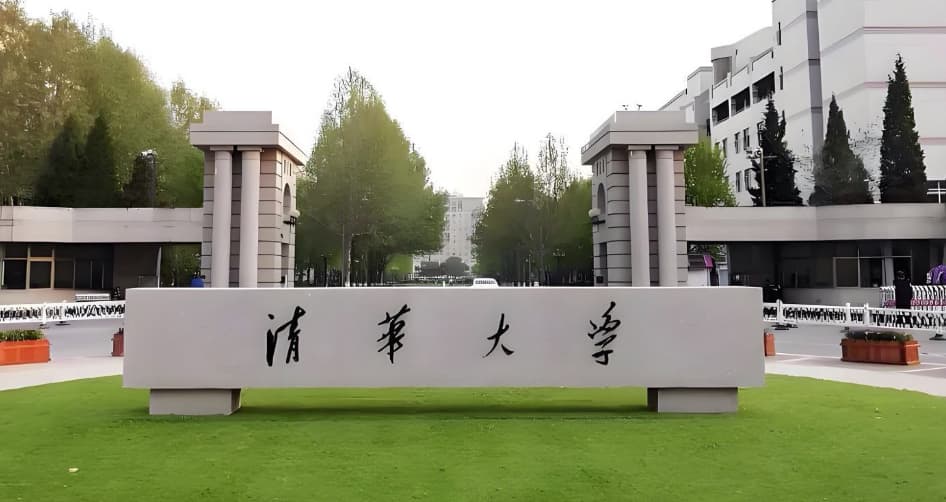Mastering English Translation for Postgraduate Entrance Exams: Your Ultimate Guide
Are you preparing for the English translation section of the postgraduate entrance exam and feeling overwhelmed? Translation can be a challenging yet rewarding aspect of your studies. This guide aims to demystify the process, offering practical tips and strategies to help you excel. Whether you're struggling with vocabulary, syntax, or cultural nuances, we've got you covered. Our expert insights will help you approach translation with confidence and clarity. Let's dive in and make your preparation journey smoother and more effective.
Frequently Asked Questions
1. How Can I Improve My Translation Accuracy?
Improving your translation accuracy is crucial for scoring well in the postgraduate entrance exam. One effective method is to immerse yourself in a variety of texts. Read books, articles, and even news reports in English, and try translating them into your native language. This practice helps you familiarize yourself with different writing styles and vocabulary. Additionally, pay close attention to grammar rules and idiomatic expressions. For instance, if you're translating from English to Chinese, understanding phrases like "break the ice" or "hit the nail on the head" becomes essential. It's also beneficial to study bilingual dictionaries and reference materials that provide contextual examples. Remember, consistency is key. Regular practice will help you internalize these nuances and improve your accuracy over time.
2. What Are the Best Resources for Preparing for Translation Exams?
Choosing the right resources can significantly impact your preparation. Start with official textbooks recommended by your institution. These often contain sample translations and exercises tailored to the exam format. Next, consider investing in bilingual dictionaries. They are invaluable for understanding the nuances of words and phrases. Websites like WordReference or Langenscheidt offer comprehensive definitions and usage examples. Another useful resource is translation practice apps. Many apps provide real-time feedback and a variety of translation tasks. For instance, apps like Duolingo or Babbel can help you build vocabulary and grammar skills. Additionally, join study groups or forums where you can discuss translation challenges with peers. This collaborative approach can provide new insights and strategies. Lastly, don't forget to review past exam papers. Analyzing how others have approached similar translations can give you a competitive edge.
3. How Should I Approach Simultaneous Translation Practice?
Simultaneous translation can be daunting, but with the right approach, it becomes more manageable. First, focus on improving your listening skills. Practice listening to English podcasts, news broadcasts, or even recorded lectures. Try summarizing what you hear in your native language as quickly as possible. This exercise helps you get used to processing information rapidly. Next, work on note-taking techniques. Develop a system that allows you to jot down key points without losing the flow of the original text. For example, use abbreviations or symbols to represent common phrases or concepts. It's also helpful to practice with a partner. You can take turns speaking in English and translating simultaneously. This real-time feedback helps you identify areas for improvement. Remember, simultaneous translation requires mental agility, so don't get discouraged if it feels challenging at first. With consistent practice, you'll find yourself becoming more comfortable and efficient.


.jpg)


.jpg)
.jpg)
.jpg)

.jpg)
